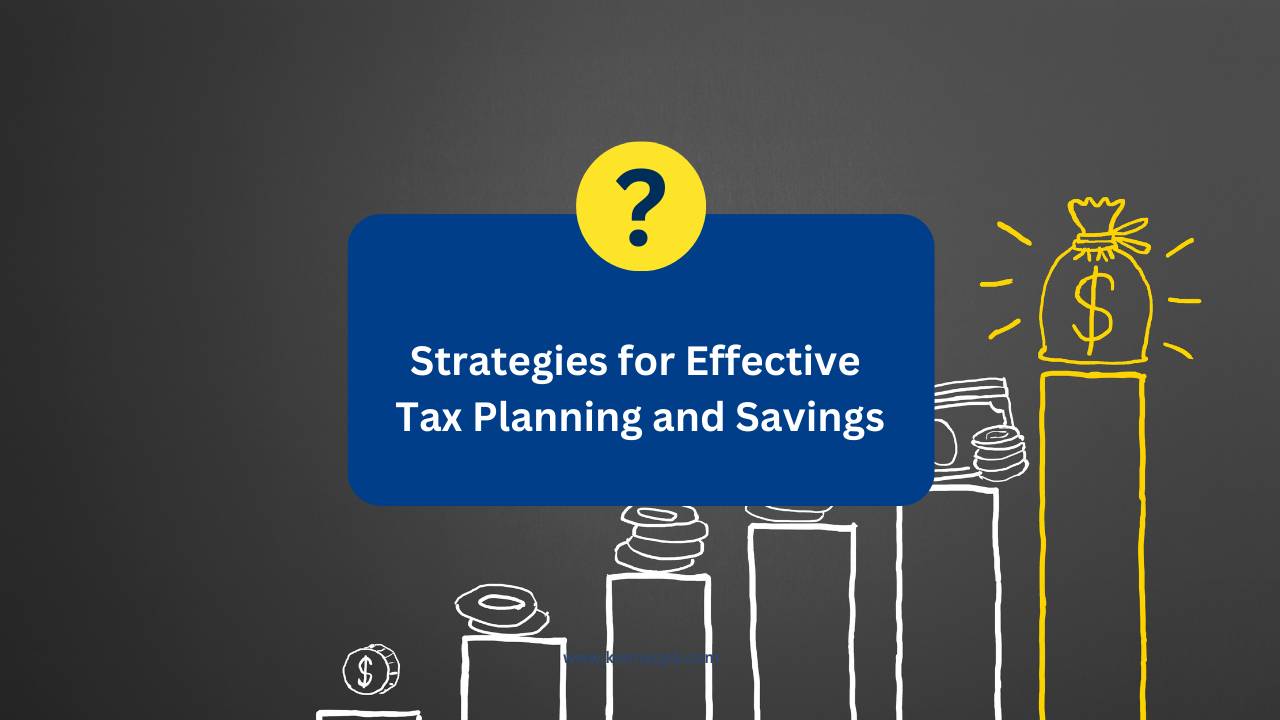
Overpaying your taxes isn’t just frustrating, it’s often completely avoidable with the right strategy and a detail-oriented professional in your corner. Discover two real-life stories that reveal how smart, proactive tax planning can turn massive tax bills into unexpected, game-changing savings.
How Two Individuals Saved Thousands in Taxes — One Without Lifting a Finger
When it comes to taxes, the difference between overpaying and saving thousands often comes down to strategy, attention to detail, and working with the right professional. Today, I want to share two real success stories that highlight just how powerful proactive tax planning can be.
Case Study 1: From a $25,000 Bill to $5,000 — Without Changing a Thing
An individual came to us after their previous preparer entered all their tax information into the system, only to find they owed approximately $25,000. Something didn’t seem right, so they reached out before filing.
We dug into prior-year returns, reviewed the source documents, and discovered a large amount of basis that had been overlooked entirely. Once we entered everything correctly and accounted for the basis, their tax bill dropped from $25,000 to just $5,000.
The cost of our services? About $1,200. The savings? Roughly $20,000. And the best part — they didn’t have to make any changes to their financial situation. The savings came purely from accuracy and expertise.
We completely understand, sometimes tax preparation is putting numbers into boxes and this can be very true for simple W-2 returns, however, once you have anything else going on that could completely change. This is a perfect example showing the value of a quality tax return being prepared!
Case Study 2: Turning a High Tax Bill into a $40,000 Refund
Another individual, a high-income earner making around $200,000 per year, owned several long-term rentals. While these rentals generated losses on paper, his income level was too high to use those losses to offset other income due to IRS limitations. They ran into the passive activity loss limitations.
That changed when he purchased a short-term rental. We worked with him throughout the year to ensure the property met the requirements for tax benefits. We then performed a cost segregation study, which allowed us to accelerate depreciation and claim a significant deduction.
The result? His taxable income dropped from about $200,000 to around $90,000. This lower income threshold unlocked the ability to use his long-term rental losses, reducing his taxable income even further.
By combining the short-term rental strategy with his existing losses, he went from owing a large sum to receiving a $30,000 tax refund.
The Takeaway
Whether you’re a high-income earner, a real estate investor, or simply unsure if your taxes have been prepared correctly, the right strategies and attention to detail can make a world of difference.
If you’re ready to stop leaving money on the table and want to see how tax planning could work for you, now is the time to start the conversation.
